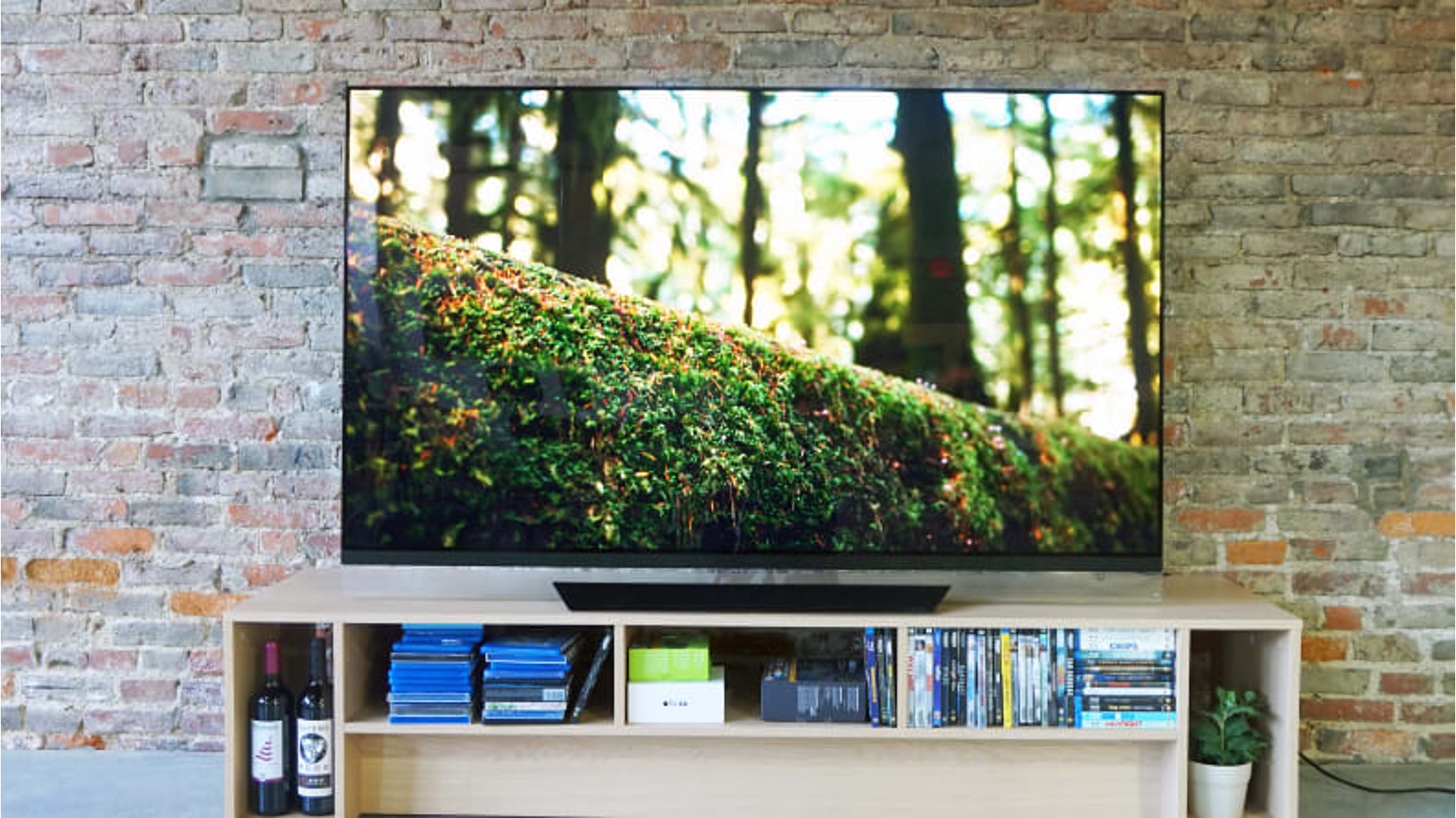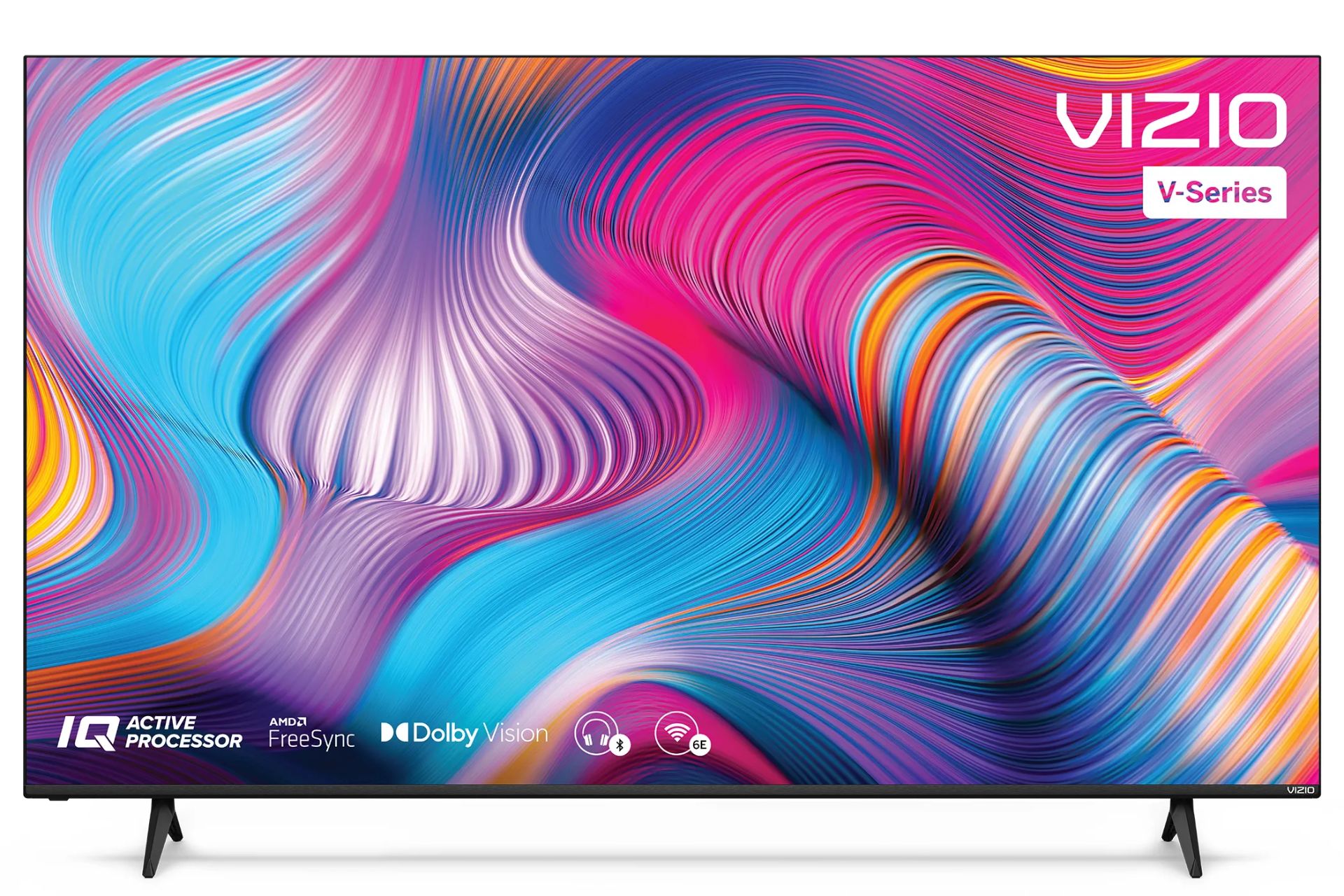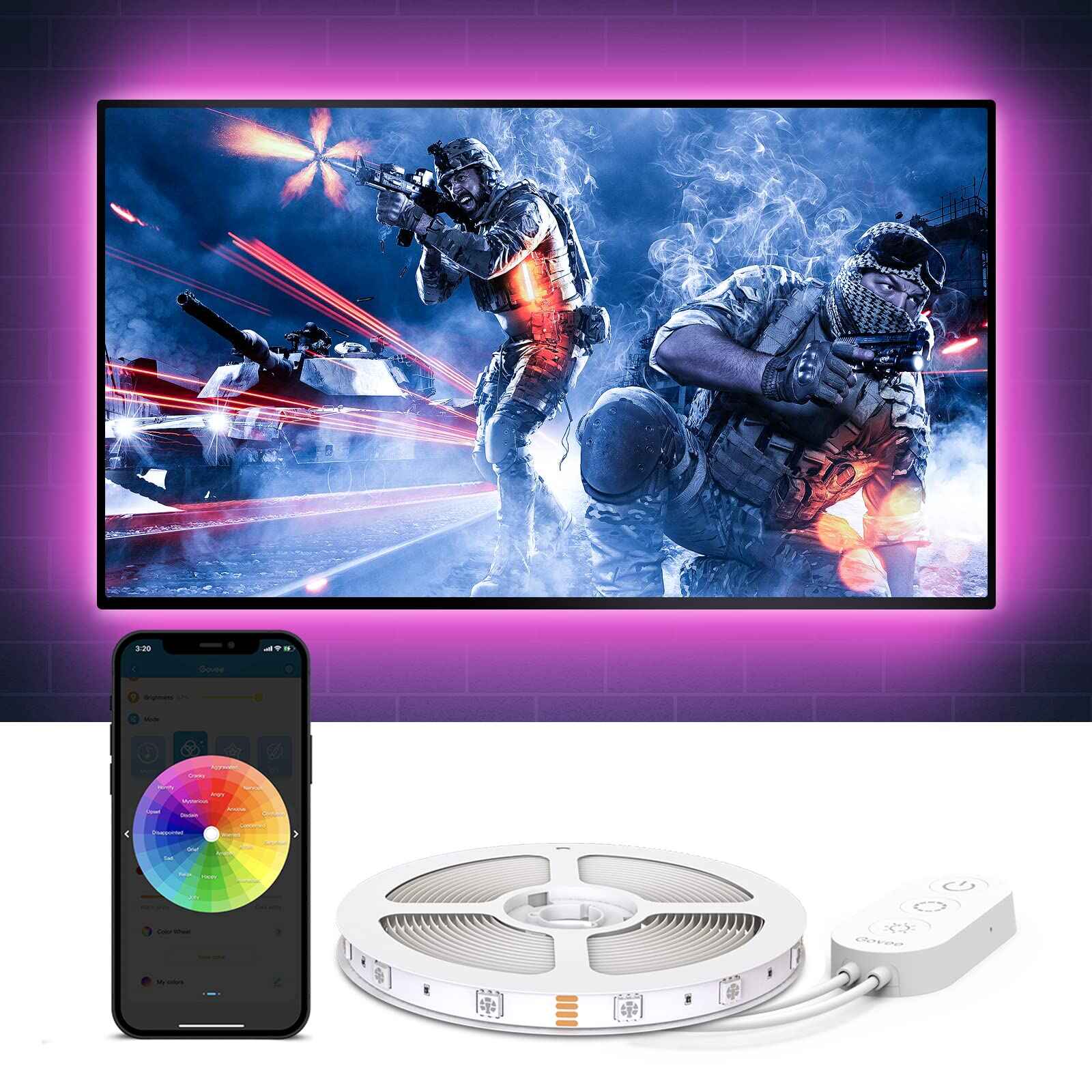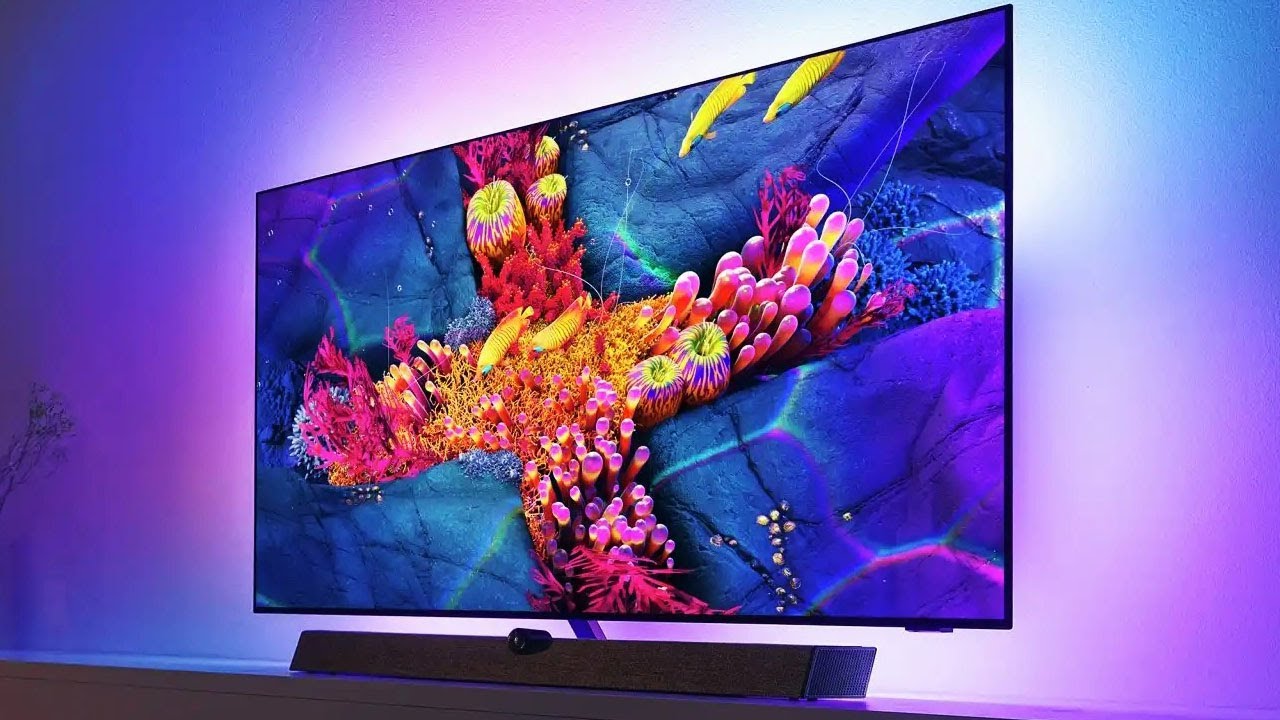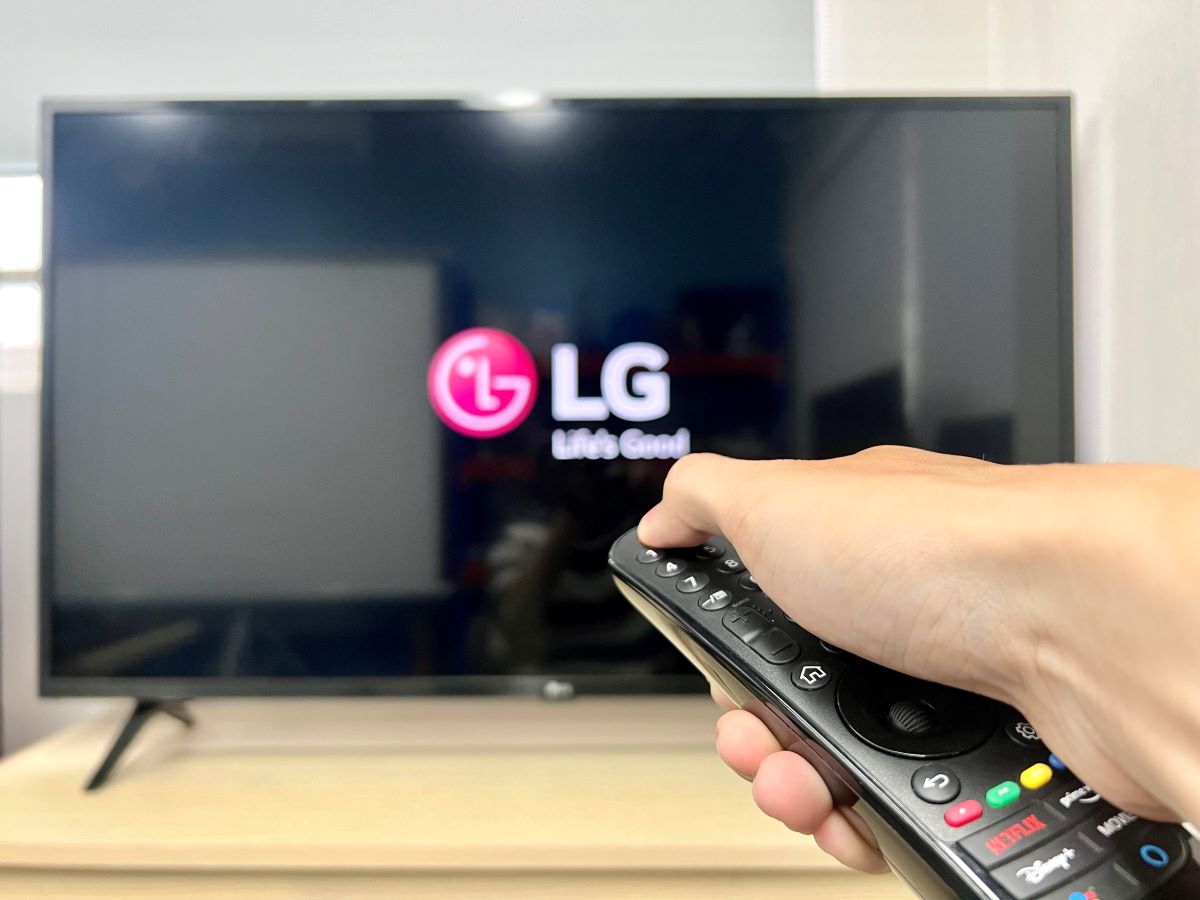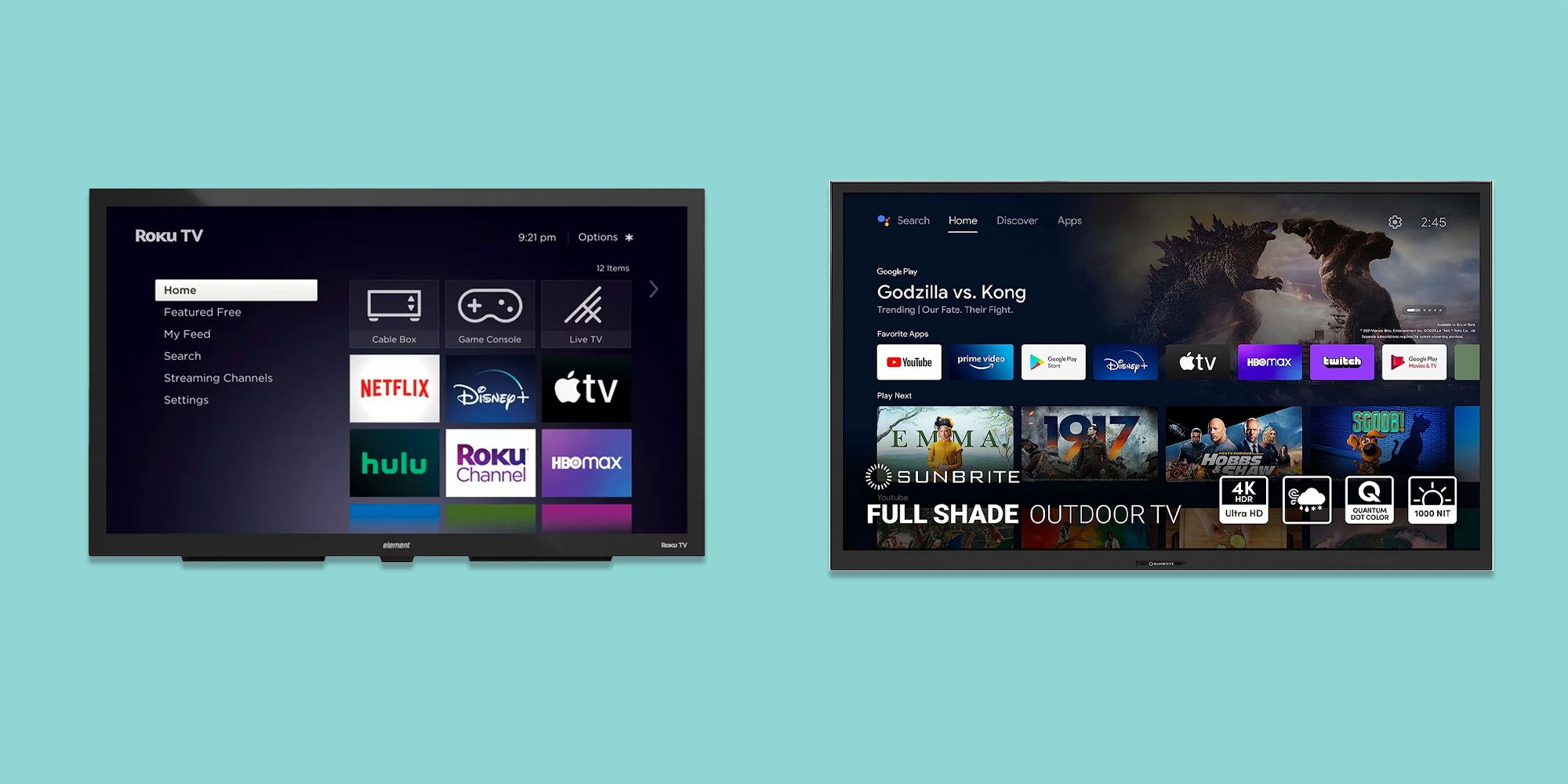Introduction
Welcome to the world of LED TVs, where stunning visuals and immersive entertainment meet advanced technology. LED TVs have revolutionized the way we watch our favorite movies, shows, and sports events, providing us with vibrant colors and crystal-clear images. If you just purchased an LED TV or are considering getting one, you might be curious about how long these modern marvels of technology can last.
LED (Light Emitting Diode) TVs are known for their durability and longevity compared to other television technologies. They have quickly become a popular choice among consumers due to their energy efficiency, slim design, and superior picture quality. However, like any electronic device, LED TVs also have a lifespan that can be influenced by various factors.
In this article, we will explore the factors affecting the lifespan of LED TVs, discuss the average lifespan you can expect, and provide tips on how to extend the lifespan of your LED TV. We will also highlight the signs that indicate your LED TV may be reaching the end of its lifespan and when it’s time to consider replacing it.
So, if you’re curious to learn more about the lifespan of your LED TV and how to make the most of it, keep reading!
Factors Affecting the Lifespan of LED TVs
The lifespan of an LED TV is influenced by several factors that can impact its performance and overall longevity. Understanding these factors can help you take better care of your TV and ensure it lasts for many years. Here are some key factors to consider:
- Usage Hours: One of the primary factors that affect the lifespan of an LED TV is the number of hours it is used. Just like any electronic device, the more hours a TV is turned on and used, the shorter its lifespan will be. If you tend to leave your TV on for extended periods, whether watching shows or using it as background noise, consider reducing the usage time to prolong its lifespan.
- Display Settings: The settings and brightness level of your LED TV can impact its lifespan. Running your TV at higher brightness levels not only consumes more power but also generates more heat, which can lead to accelerated wear and tear. It is recommended to adjust the display settings to a level that provides optimal viewing experience without compromising the lifespan of the TV.
- Environmental Factors: The environment in which your LED TV is placed can also play a role in its lifespan. Excessive heat, humidity, dust, and direct sunlight can all contribute to the deterioration of electronic components. It is advisable to place your TV in a cool, well-ventilated area away from direct sunlight. Consider using a dust cover when the TV is not in use to protect it from accumulating dust and debris.
- Maintenance and Cleaning: Regular maintenance and proper cleaning can help extend the lifespan of your LED TV. Dust and debris that accumulate on the screen and vents can restrict airflow and cause the TV to overheat, potentially shortening its lifespan. Use a soft, lint-free cloth to gently clean the screen and a brush or compressed air to clean the vents regularly. Avoid using harsh chemicals or abrasive materials that can damage the screen or other components.
- Power Surges and Electrical Issues: Power surges and electrical issues can pose a risk to the lifespan of your LED TV. Sudden voltage fluctuations and power surges can damage internal components and lead to premature failure. Consider using surge protectors or voltage regulators to protect your TV from such issues. Unplugging the TV during thunderstorms or when it’s not in use for an extended period can also safeguard it from potential damage.
By considering these factors and taking appropriate measures, you can help maximize the lifespan of your LED TV and ensure uninterrupted entertainment for years to come.
Average Lifespan of LED TVs
LED TVs are known for their durability and longevity compared to other television technologies. On average, a well-maintained LED TV can last anywhere from 7 to 10 years. However, it’s important to keep in mind that this lifespan can vary based on various factors, such as usage patterns, environmental conditions, and manufacturing quality.
The lifespan of an LED TV greatly depends on the number of hours it is used per day. If you use your TV for several hours every day, it may experience more wear and tear, potentially shortening its lifespan. On the other hand, if you watch TV for a few hours a day or mainly use it for occasional movie nights, it is likely to last longer.
In addition to usage hours, the quality and brand of the LED TV can also play a significant role in its lifespan. TVs from reputable brands tend to have better build quality and use higher-grade components, which can contribute to a longer lifespan. Cheaper or lesser-known brands may use lower-quality materials, which could result in a shorter lifespan.
It’s worth noting that the average lifespan mentioned above refers to the point at which the TV begins to experience significant issues or becomes unreliable. However, even after this point, the TV may still function to some extent. Many users continue to use their LED TVs well beyond the average lifespan, but it’s important to be aware that performance may degrade over time.
To ensure you get the most out of your LED TV, it is crucial to follow proper maintenance practices, such as regular cleaning and keeping the TV in a suitable environment. Additionally, some manufacturers provide firmware updates and software enhancements that can improve the performance and longevity of the TV. Keeping your TV up to date with the latest firmware can help extend its lifespan.
Remember, while the average lifespan of an LED TV gives you a general idea, various factors can affect the actual longevity of your specific TV. Taking care of your TV and addressing any issues promptly can help maximize its lifespan and ensure enjoyable viewing experiences for years to come.
How to Extend the Lifespan of Your LED TV
Now that you’re aware of the average lifespan of an LED TV, you might be wondering how you can make it last even longer. Fortunately, there are several steps you can take to extend the lifespan of your TV and ensure its optimal performance. Here are some essential tips:
- Adjust Display Settings: Set your TV’s brightness and contrast levels to an appropriate level that enhances viewing quality without putting excessive strain on the LED backlight. This can help minimize heat generation and potentially prolong the lifespan of your TV.
- Limit Usage and Power Cycling: Avoid leaving your TV on for extended periods when not in use. Power cycling, or turning your TV off completely instead of leaving it in standby mode, can help reduce wear and tear on internal components and extend the lifespan of your LED TV.
- Use a Voltage Regulator: Electrical issues, such as power surges and voltage fluctuations, can damage your LED TV. Protect it by using a voltage regulator or surge protector. These devices can help stabilize the electricity supply and safeguard your TV from potential damage.
- Proper Ventilation: Ensure that your LED TV has proper airflow and is not placed in enclosed spaces or areas with restricted ventilation. Overheating can lead to performance issues and potentially shorten the lifespan of your TV. Allow at least a few inches of space around the TV for adequate ventilation.
- Regular Cleaning: Dust and debris can accumulate on the screen and vents of your TV, affecting its performance and lifespan. Clean your TV regularly using a soft, lint-free cloth to remove dust and a brush or compressed air to clean the vents. Avoid using harsh chemicals or abrasive materials that could damage the screen or other components.
- Software Updates: Keep your TV’s firmware up to date by installing the latest software updates provided by the manufacturer. These updates often include performance enhancements and bug fixes that can improve the overall lifespan and functionality of your LED TV.
- Avoid Extreme Temperatures: Avoid exposing your LED TV to extreme temperatures, both hot and cold. High temperatures can damage internal components, while low temperatures can affect the functioning of the display. Keep your TV in a suitable environment with moderate temperatures to extend its lifespan.
By following these tips and incorporating good practices into your TV usage routine, you can significantly extend the lifespan of your LED TV. Taking care of your TV will not only ensure its longevity but also provide you with continued enjoyment of your favorite shows, movies, and games.
Signs Your LED TV is Reaching the End of its Lifespan
As your LED TV gets older, it may start to exhibit certain signs that indicate it is reaching the end of its lifespan. Recognizing these signs can help you make an informed decision about whether it’s time to consider replacing your TV. Here are some common indicators:
- Dimming or Fading Picture: Over time, the brightness and color accuracy of an LED TV can deteriorate. If you notice a significant decrease in brightness or the colors appear washed out, it could be a sign that the LED backlight is wearing out, resulting in a dimming or fading picture.
- Uneven Backlight: If you observe dark spots or patches on your TV screen, especially in areas with lighter backgrounds, it could indicate that the LED backlight is experiencing uneven wear. This can lead to uneven lighting across the screen and affect the overall viewing experience.
- Ghosting or Image Persistence: Ghosting refers to faint afterimages or artifacts that linger on the screen, even after the image has changed. If you notice persistent ghosting or image retention issues, it may indicate deteriorating panel performance.
- Increasing Number of Dead Pixels: Dead pixels are characterized by small, permanently dark spots on the screen. Over time, more dead pixels may appear, affecting the image quality. While a few dead pixels are not uncommon, a significant increase in their number could be a sign that your LED TV is aging.
- Power Cycling or Startup Issues: If your TV takes longer to power on or experiences frequent power cycling (turning on and off on its own), it may indicate potential hardware problems. These issues can occur as components age and start to malfunction.
- Audio and Connectivity Problems: Aging electronic components can cause audio distortion, loss of sound, or connectivity problems, such as HDMI ports not working correctly or Wi-Fi connectivity dropping frequently. These issues may indicate that internal parts of your TV are wearing out.
- Repeated Repairs: If your LED TV requires frequent repairs or you find yourself investing in repairs more often, it may be a sign that the TV is reaching the end of its lifespan. At this point, the cost of repairs might outweigh the benefit of prolonging the TV’s usability.
It’s important to note that experiencing one or two of these signs doesn’t necessarily mean your LED TV is unusable. However, if you notice multiple signs or a significant decline in picture quality and performance, it might be worth considering a replacement.
Keep in mind that technology advances quickly, and newer models often offer improved features and enhanced picture quality. If your TV is exhibiting multiple signs and has reached the end of its lifespan, replacing it with a newer model can provide you with a better viewing experience.
When to Consider Replacing Your LED TV
While LED TVs are known for their durability and longevity, there may come a time when replacing your TV becomes necessary. Here are some factors to consider when determining whether it’s time to replace your LED TV:
- Significant Decline in Picture Quality: If you notice a significant degradation in the picture quality of your LED TV, despite adjusting the settings, it may be a sign that the display and internal components are deteriorating. A blurry or distorted image that cannot be corrected through calibration may indicate the need for a new TV.
- Frequent and Costly Repairs: If your LED TV requires frequent repairs or the cost of repairs becomes prohibitively expensive, it might be more practical to invest in a new TV. Continuing to repair an aging TV can become financially burdensome and may not guarantee long-term reliability.
- Outdated Technology: As technology advances, newer models of LED TVs offer enhanced features and improved performance. If your TV lacks the latest connectivity options, smart TV capabilities, or resolution upgrades, you might consider upgrading to a newer model to take advantage of the latest advancements.
- No Longer Meets Your Needs: If your TV no longer fulfills your entertainment requirements or lacks the features you desire, it may be time to replace it. Whether you want a larger screen size, better audio quality, or additional smart TV functionalities, upgrading to a new TV can provide you with a better viewing experience.
- End of Manufacturer Support: When your LED TV reaches the end of its manufacturer’s warranty or when the manufacturer stops providing software updates and support, it becomes more vulnerable to potential issues. Without proper support, it may be difficult to address any future problems or keep up with emerging technologies.
- Personal Preference or Home Upgrades: Sometimes, the decision to replace your TV may be driven by personal preference or home upgrades. If you have remodeled your living space, upgraded your home theater system, or simply want a newer, aesthetically pleasing TV, it may be the right time to invest in a replacement.
Ultimately, the decision to replace your LED TV depends on a combination of the factors mentioned above and your personal circumstances. As you evaluate the performance, condition, and features of your current TV, consider whether the investment in a new TV will provide a better and more enjoyable viewing experience.
Remember, technology continues to advance rapidly, and upgrading to a newer model can offer you the latest features, improved picture quality, and a longer lifespan. Take the time to research and compare different models to find the TV that best meets your needs and preferences.
Conclusion
LED TVs have become a staple in households around the world, providing us with exceptional picture quality, energy efficiency, and sleek designs. Understanding the lifespan of an LED TV and how to extend it is crucial to ensure a long-lasting and enjoyable viewing experience.
We have explored the factors that can impact the lifespan of LED TVs, ranging from usage hours and display settings to environmental conditions and maintenance practices. By being mindful of these factors and incorporating good habits, such as limiting usage, adjusting settings, and proper cleaning, you can extend the lifespan of your LED TV and maximize its performance.
Additionally, we discussed the signs that indicate your LED TV is reaching the end of its lifespan. Dimming or fading picture, uneven backlighting, and increasing dead pixels are all warning signs that may prompt you to consider a replacement. The frequency and cost of repairs, outdated technology, and personal preferences are also factors to weigh when deciding whether it’s time to upgrade your TV.
While the average lifespan of an LED TV ranges from 7 to 10 years, proper care and maintenance can help you get the most out of your TV beyond that timeframe. Regular firmware updates, protecting against power surges, and placing your TV in a suitable environment are additional steps you can take to enhance its longevity.
Remember, as technology advances, newer TV models continually offer superior features and performance. By staying informed and considering your viewing needs and desires, you can make an informed decision about when to replace your LED TV, ensuring that you stay current with the latest technology and enjoy the ultimate viewing experience.







